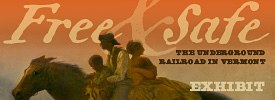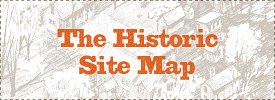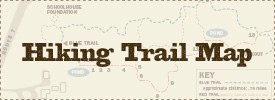Rokeby Museum Distance Drawing Course — Week 4: From Life
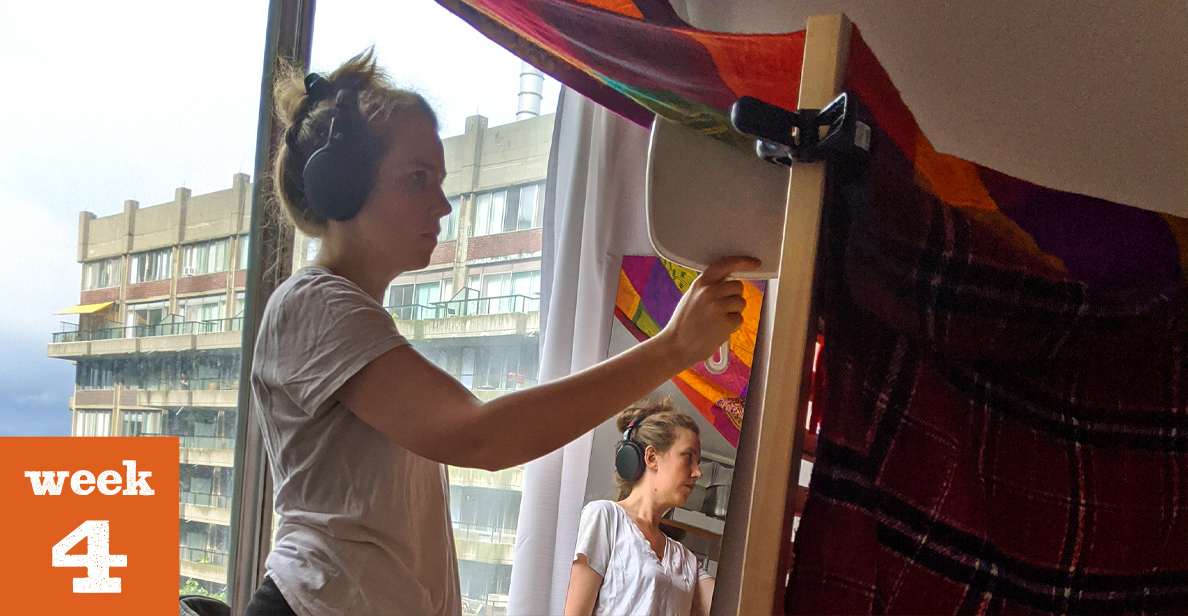
WEEK 1 | WEEK 2 | WEEK 3 | WEEK 4 | WEEK 5 | WEEK 6
Inspired by Rachael Robinson Elmer (1878–1919) and taught by Courtney Clinton, Rokeby Artist in Residence
Dear Student,
Courtney Clinton here, Artist in Residence at Rokeby Museum. I’m writing to you from a blanket fort that I built especially for this lesson!
The experience of art school is especially hard to translate into online learning and I can imagine the disappointment artists must be feeling this September. In this week’s lesson my aim is to build on our ongoing discussion around self directed learning and hopefully provide a little optimism.
Thanks to the support of Allison Gregory, Education and Interpretation Fellow, I have been exploring the museum’s collection of art by the 19th century illustrator, Rachael Robinson Elmer (1878–1919). I am using this material to research and activate the letters from a historic correspondence drawing course that Rachael took as a teenager.
This week we are going to do our first self-portrait! Building on our Copying Lesson, I will show you how a drawing by a favorite artist can play the role of your teacher and guide you in your drawing process.
I’m going to show you how to draw a self portrait in profile using a wacky two mirror set up. If you prefer to keep the set up simple you can also do a three-quarter self-portrait (which only requires one mirror). Both versions are equally valuable exercises, but by showing you the more complicated profile version, I hope to prove that there are no limits to what we can accomplish on our own with a little courage.
Read MoreThe Jagged Edges of Progress
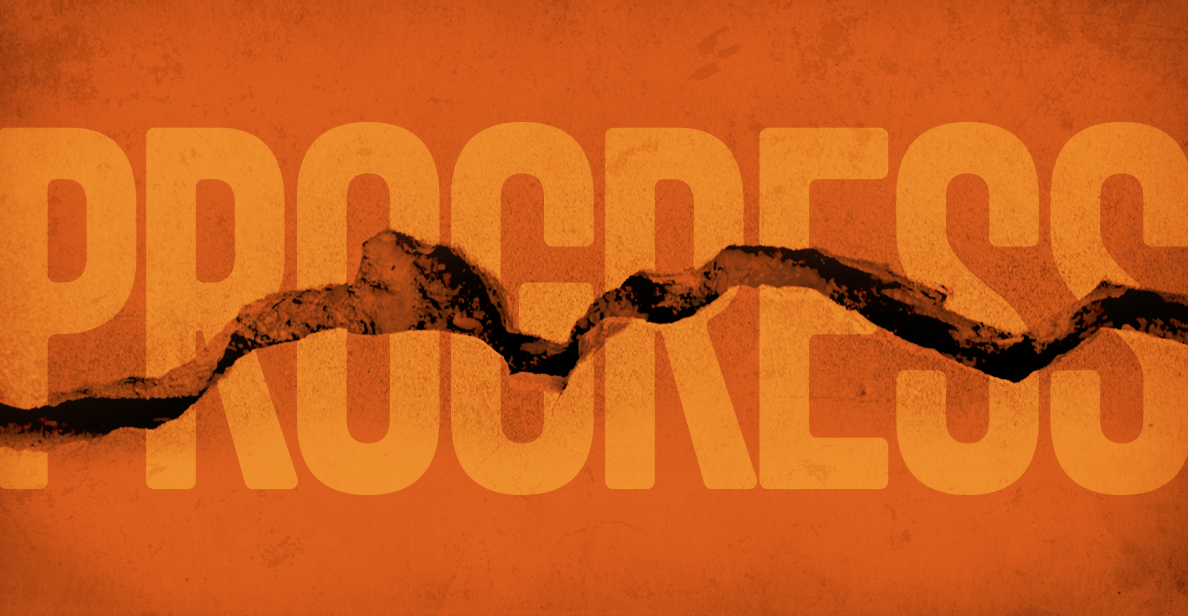
by Elise A. Guyette, Ed.D., Rokeby Museum Trustee
Part I (1776–1870)
“Disillusionment inevitably follows each moment of heightened hopes and expectations by people of color.”
— Elizabeth R. Bethel, Historian
The truth of Bethel’s assertion can be seen through the generations of the Robinson family who first migrated from England to Rhode Island, where the slave trade was dominant in the 18th century, especially in Narragansett County where the Robinsons settled. They operated a large plantation worked by enslaved peoples. Those who migrated to Vermont were devout Quakers, who had come to eschew slavery, and they established their farm at Rokeby in Ferrisburgh, VT. They and their descendants lived there from the 1790s to the 1960s.
The inhabitants of the house lived through points of heightened hopes for African descended people such as the Revolution, emancipation, and a renewed interest in civil rights for all. They also lived through violent backlashes against people of color evidenced by scientific racism, the violence of Reconstruction, and the establishment of a prison-industrial complex.
This article, in three parts, explores those high and low points as well as the tentacles of that history that reach into the present.
Read MoreRokeby Museum Distance Drawing Course — Week 3: Mistakes
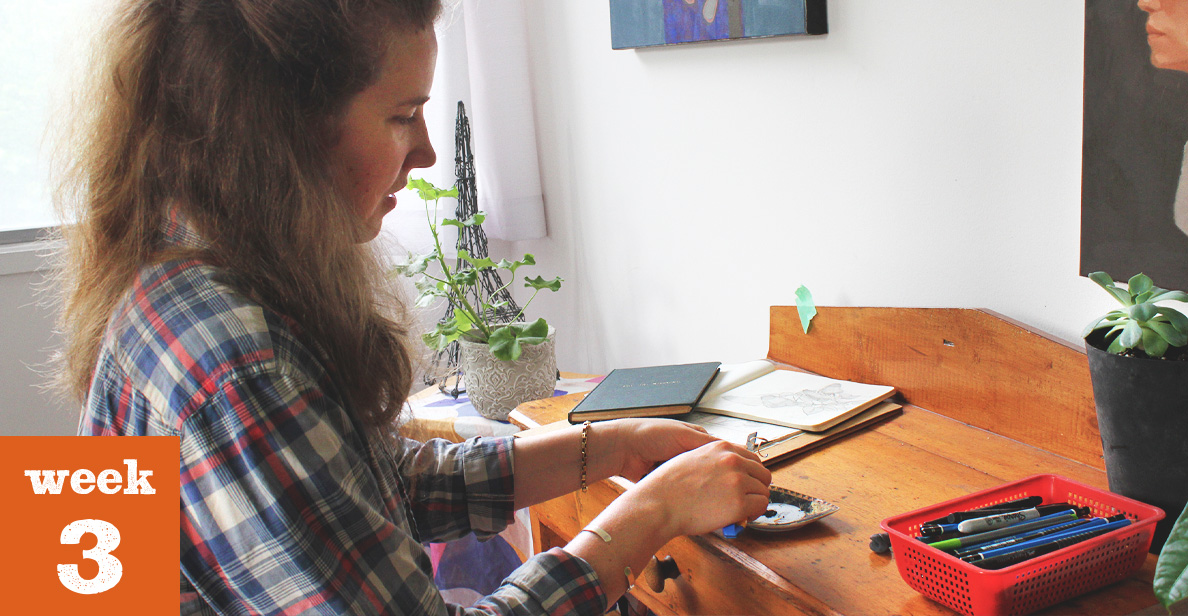
WEEK 1 | WEEK 2 | WEEK 3 | WEEK 4 | WEEK 5 | WEEK 6
Inspired by Rachael Robinson Elmer (1878–1919) and taught by Courtney Clinton, Rokeby Artist in Residence
Dear Student,
Courtney Clinton, Rokeby Artist in Residence here. For the past couple months, I have been exploring the Rokeby Museum collection with Allison Gregory, Education and Interpretation Fellow. The project centres around the letters from a 19th century correspondence drawing course that former Rokeby resident, Rachael Robinson Elmer (1878–1919), took as a young teenager. Each week we share part of Rachael’s story and a drawing lesson!
Part of our mission with this project is to share a historic perspective on the contemporary issue of remote learning. While the letter format of Rachael’s course may seem different to the current Zoom model, this 19th century example is packed with relevant insights for parents and educators navigating remote learning during the pandemic.
A major challenge to remote educators is giving mindful student assessments. In a classroom, teachers can gauge a student’s reaction. In a distance scenario, the student has to take on and manage their response to criticism. So how do we better prepare students to take on feedback?
Read MoreRokeby Museum Distance Drawing Course — Week 2: Copying
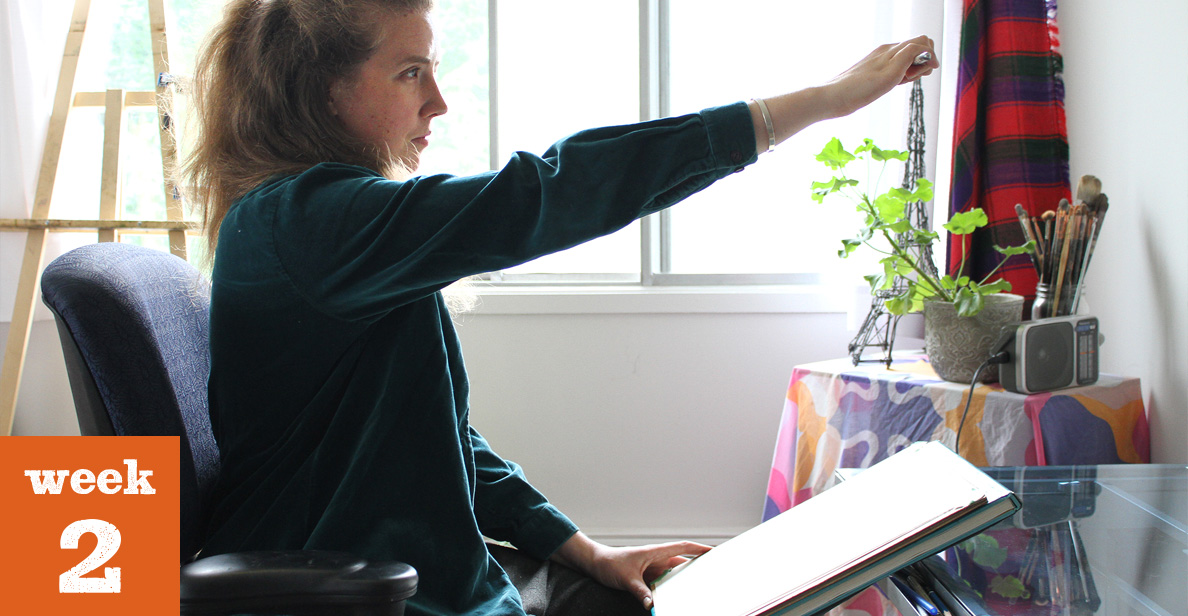
WEEK 1 | WEEK 2 | WEEK 3 | WEEK 4 | WEEK 5 | WEEK 6
Inspired by Rachael Robinson Elmer (1878–1919) and taught by Courtney Clinton, Rokeby Artist in Residence
Dear Student,
Courtney Clinton, Rokeby Museum Artist in Residence, here, writing to share my ongoing research and a new drawing exercise!
Since our last letter, Allison Gregory, Education and Interpretation Fellow, and I have been busy going through the museum’s archive looking for images and correspondence. Our research centres around the original letters (dated 1891–1893) from a correspondence drawing course that one of the Robinson daughters, Rachael Robinson Elmer (1878–1919), took as an adolescent.
Because I’m in Montreal, Canada, and can’t visit the museum, Allison acts as my eyes and ears on the ground. In a lot of ways our research process mimics the form of Rachael’s drawing correspondence course; Allison and I have never met in person, but through our correspondence we’ve built a friendship.
Another new friend is Rachael. Obviously it’s impossible for me and Rachael to meet (barring Tesla launching a solar-powered time travel machine!) but I’ve been getting to know Rachael by studying her art. For this week’s exercise, I am going to show you how to study art by making a master copy!
Read MoreRokeby Pie and Ice Cream Social News
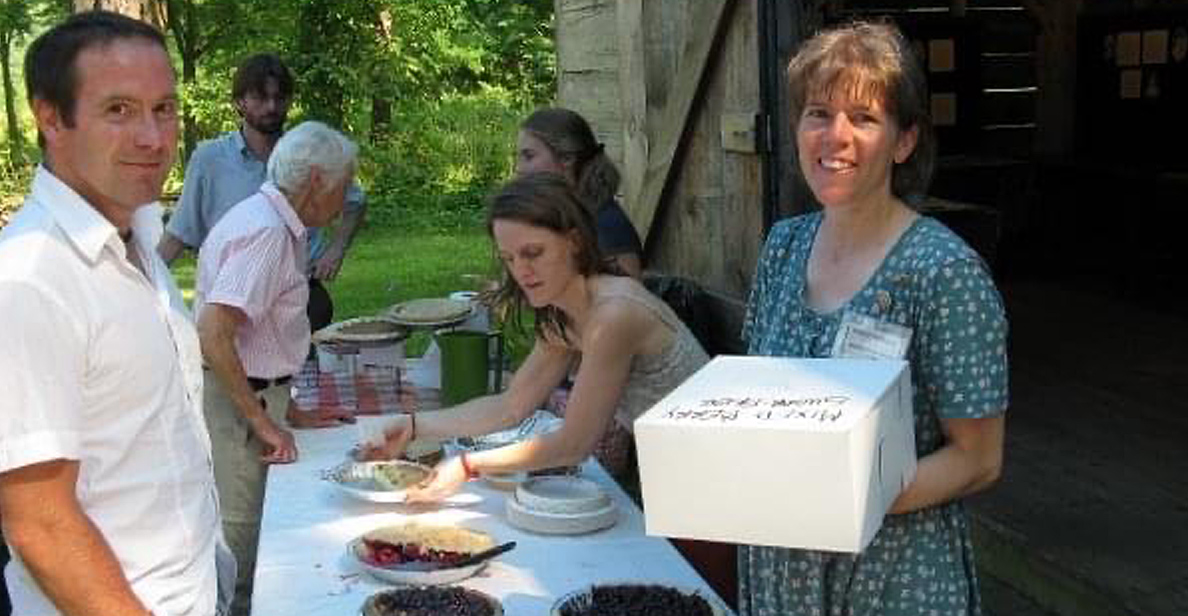
by Donna Fraser-Leary, Rokeby Museum Volunteer
Has the mention of pie and ice cream in Rokeby’s backyard got you pining for a taste? Sadly, you will have to wait until next summer, when Rokeby hopes to hold this classic event again, in the true spirit of a “Social.” Alternative ideas were considered, but the personal back-yard experience, which has been an integral part, would not have been possible this summer. We hope you will join us again for this perennial favorite in the summer of 2021.
Read More Rokeby Museum
Rokeby Museum
